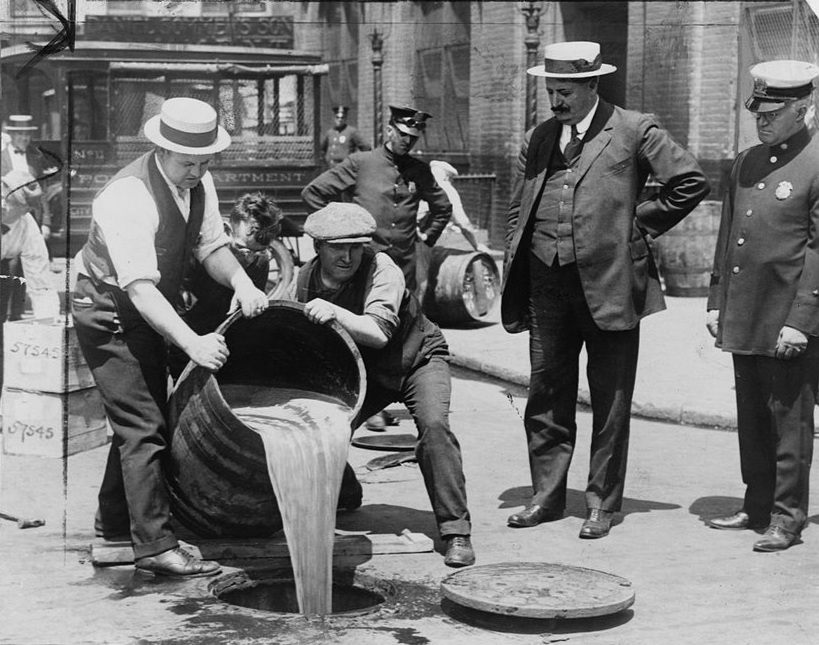Pain Makes Young Adults More Likely to Mix Cannabis with Alcohol
/By Crystal Lindell
A new study reveals that being in pain as a young adult makes you more likely to mix cannabis and alcohol.
The research, published in the journal Alcohol, looked at 18 to 24 year olds. They found that those with moderate to severe pain were 1.4 times more likely to engage in the co-use of alcohol and cannabis over the next four years, compared to those with no pain.
The Binghamton University researchers say this is the first study to examine pain as a predictor for co-using alcohol and cannabis.
Previous research has shown that young adults who mix alcohol and cannabis are more likely to engage in impaired driving, risky sexual behavior, and/or experience mental health problems.
But that begs the question, which causes which?
I don’t think we should assume that using cannabis and alcohol together causes mental health issues. Perhaps it is the stress and anxiety of young adulthood – and poorly treated pain – that cause people to seek relief with things like alcohol and cannabis.
Previous studies have shown that about two-thirds (67%) of young adults in the U.S. reported pain in the past six-months, and more than 2 million of them had chronic pain.
Physical pain in young adulthood can have long-lasting consequences.
"Pain is of particular concern during emerging adulthood because it directly impacts developmental milestones across multiple domains, and emerging adults with chronic pain report greater isolation from their peers, fewer educational and occupational opportunities, greater anxiety and depression, and a poorer overall quality of life," the authors write.
All of this really highlights why it’s so important that we fully treat pain in young adults – and really, in everyone who suffers from it.
Unfortunately, that’s not the framing the authors chose to go with in their paper. Instead, they write that “pain is a unique risk factor for substance use.”
The choice to use “risk factor” in that sentence speaks volumes, although I am glad that they then used “substance use” as opposed to the more judgemental “substance abuse.”
Because that’s the thing, using a substance to treat something is not inherently bad. People use ibuprofen to treat headaches. But we don’t have research papers claiming that “headaches are a risk factor for Advil use.” Or even “having diabetes is a risk factor for insulin use.”
Like yeah, you think? People use medications that treat their ailment in order to treat their ailment.
Pain is definitely an aliment – and cannabis and alcohol are substances that do indeed relieve pain. The only reason anyone believes otherwise is because of government framing.
We have drastically reduced the amount of opioids prescribed, but that doesn’t mean we have drastically reduced the amount of pain that people endure. It’s only natural that people will seek out alternatives. Younger people tend to have a more difficult time convincing doctors to treat their pain, meaning they are more likely to be left to fend for themselves.
Alcohol and cannabis may not be the best choices for pain relief, but they may be the only ones available.
People in pain — at any age — will always look for ways to alleviate that pain. And the more options people in pain have, the more likely it is that they’ll find what works best for their body and their circumstances, while causing the least amount of negative side effects.
If their only effective option is alcohol mixed with cannabis, then that’s what they’ll use. If the government and medical community don’t like that, then they should give them more options.


















